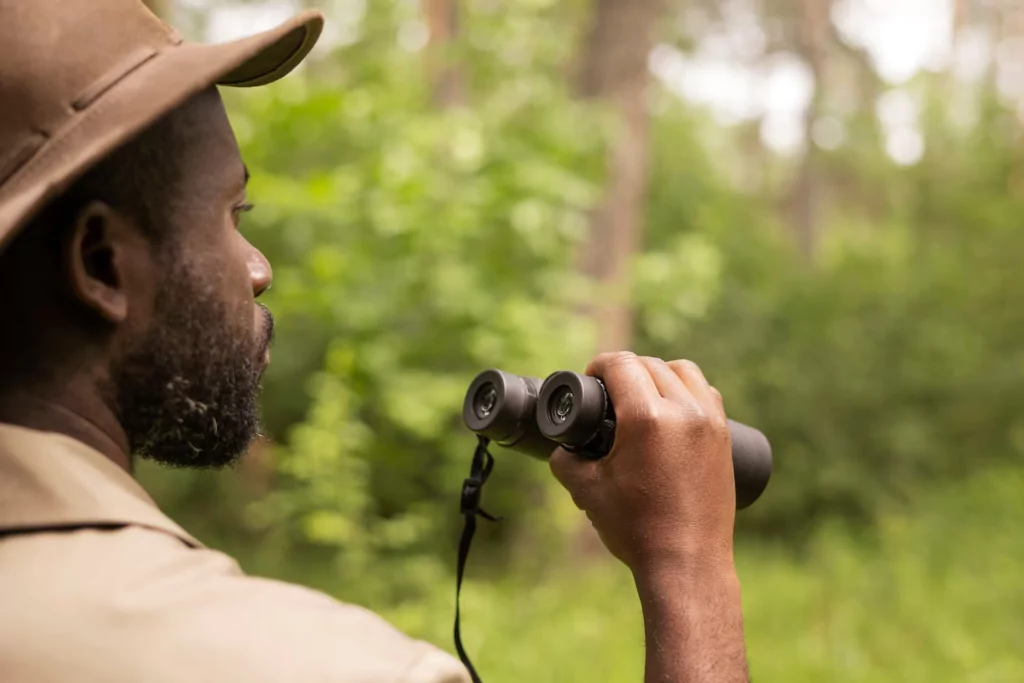
Introduction to the Power of Precision
Hunting is a sport that requires precision and accuracy. Whether you are hunting for food or for sport, it is important to make a clean and humane kill. This is where the power of precision comes in. Precision is the ability to hit your target with accuracy and consistency. It is what separates a successful hunt from a missed opportunity. One of the most important tools in achieving precision in hunting is the use of sights.
Sights are devices that are attached to firearms to help aim at targets accurately. They come in different shapes, sizes, and types, but their main function is to provide a visual reference point for the shooter. By aligning the sights with the target, hunters can increase their chances of hitting their mark.
What is Sight and What Does it Do?
A sight is a device that helps shooters aim at targets accurately. It consists of two main components: the front sight and the rear sight. The front sight is usually a post or bead that is located at the end of the barrel, while the rear sight is located closer to the shooter’s eye.
The way sights work is by aligning the front and rear sights with the target. This creates what is called a “sight picture.” The shooter then aims at this sight picture and pulls the trigger.The importance of using sights in hunting cannot be overstated. Without them, shooters would have to rely on instinct or guesswork to hit their targets. Sights provide a visual reference point that helps hunters aim more accurately and consistently.
Benefits of Using Sights for Hunting
There are several benefits to using sights for hunting:
Increased accuracy: Sights help hunters aim more accurately by providing a visual reference point.
Better shot placement: With increased accuracy comes better shot placement, which leads to cleaner and more humane kills.
Improved range estimation: Sights can also help hunters estimate range more accurately, which is important when shooting at longer distances.
Faster target acquisition: Sights can help hunters acquire targets more quickly, which is especially important when hunting fast-moving game.
Different Types of Sights
There are several types of sights available for hunters:
Iron sights: These are the most basic type of sight and consist of a front and rear sight that are aligned with the target. They are simple and reliable, but can be difficult to use in low light conditions.
Red dot sights: These sights use a red dot reticle to help hunters aim at their targets. They are easy to use and provide quick target acquisition, but can be more expensive than iron sights.
Holographic sights: These sights use holographic technology to project a reticle onto the shooter’s field of view. They are fast and accurate, but can be expensive and require batteries.
Telescopic sights: These sights use magnification to help hunters see their targets more clearly. They are ideal for long-range shooting, but can be heavy and bulky.
How to Choose the Right Sight for Your Needs
When choosing a sight for hunting, there are several factors to consider:
Considerations when choosing a sight: Consider factors such as the type of hunting you will be doing, the distance you will be shooting, and your personal preferences.
Matching the sight to your firearm and hunting style: Make sure the sight you choose is compatible with your firearm and suits your hunting style.
Budget considerations: Sights can range in price from less than $50 to several hundred dollars. Consider your budget when choosing a sight.
Tips for Using Sights for Hunting
To get the most out of your sight when hunting, there are several tips to keep in mind:
Proper sight alignment and sight picture: Make sure your front and rear sights are properly aligned with the target, and that you have a clear sight picture.
Adjusting for distance and windage: Learn how to adjust your sight for different distances and wind conditions.
Practice and training: Practice using your sight in different hunting scenarios, and consider taking a training course to improve your skills.
Conclusion: Unlocking the Power of Precision
Precision is the key to a successful hunt, and sights are an essential tool in achieving that precision. By choosing the right sight for your needs, practicing proper technique, and honing your skills through training, you can unlock the power of precision and take your hunting to the next level. So why not give it a try? You might be surprised at how much of a difference it can make.
